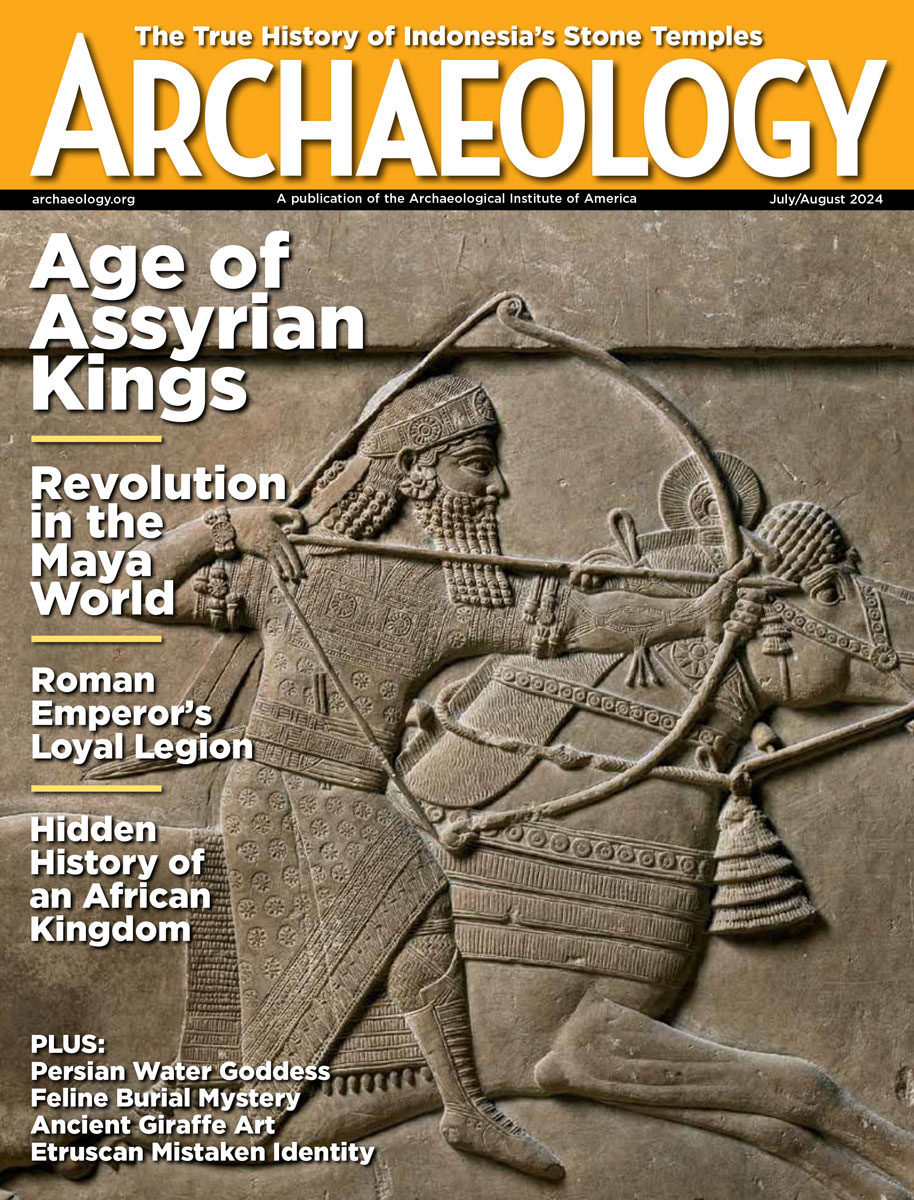Wednesday, June 11
June 11, 2008
The increase in the variety of projectile points in North America 1,500 years ago marks the development of bow and arrow technology through repeated experimentation, according to a study by archaeologists from the University of Missouri. “The introduction of the bow and arrow, a different weapon delivery system, demanded some innovating thinking,” said R. Lee Lyman.
Fifty Iron Age homes have been uncovered in Northumberland, England. “The discovery of this site has confirmed what we were beginning to suspect and that is that there is settlement in the lowlands as well as the uplands and it is more dense than we thought,” said Nick Best, the Northumberland County Council archaeologist. Â
A rock panel bearing petroglyphs between 6,000 and 7,000 years old was stolen from Kaibab National Forest in Arizona.  Â
Yemen’s academics and preservationists have called for archaeological education in the country’s schools, and for the removal of any government or military official who is involved in crimes against archaeology.  Yemen has already begun its crackdown on businessmen attempting to smuggle artifacts. The trial of French suspect Yves Lebourgeois is due to begin today. Lebourgeois was stopped in May at Sana’a Airport with 12 Yemeni artifacts.Â
Photographs of St. Georgeous Church in Jordan and what has been called the “oldest Christian church in the world” beneath it are available at Monsters & Critics.
- Comments Off on Wednesday, June 11
Tuesday, June 10
June 10, 2008
A necropolis near Rome is yielding information about first-century longshoremen and other manual laborers. The well-preserved skeletons show signs of wear and tear, including joint and tendon inflammation, compressed vertebrae, hernias, and spinal problems.  This second article offers more information about the artifacts found with the skeletons.
A room from Aztec emperor Montezuma’s palace complex has been uncovered in downtown Mexico City. Archaeologist Elsa Hernandez and her team found pieces of a wall and a basalt floor that they think were once the Casa Denegrida, or Black House, described by the Spanish as a windowless room painted black. Â
Two female mummies and one male mummy have been moved from their tombs in the Valley of the Kings to the Egyptian Museum in Cairo, where they will undergo CAT scans and DNA analysis. “Maybe one of them could be Nefertiti or Tiye or Kiya, we do not know,” said Zahi Hawass, head of Egypt’s Supreme Council of Antiquities. Â
Three years ago, a date of 1.3 million years ago was obtained for controversial indentations thought to be human footprints in Mexico’s Valsequillo Basin. Now, using a new dating method called optically stimulated luminescence, scientists have dated the marks to 40,000 years ago.  Â
Here’s another article with more information on the cave discovered beneath St. Georgeous church in Jordan, called “the world’s oldest church,” by archaeologist Abdel-Qader Hussein. Â
Members of the Tseycum First Nation from Vancouver Island received the remains of 55 of their ancestors from the American Museum of Natural History yesterday. “Our people are humans; we aren’t tokens,” said Chief Vern Jacks. Â
The Bridgeport Wood Finishing Company was a thriving factory in the nineteenth century that now sits in a Connecticut state archaeological preserve. “It’s the history of the Industrial Revolution,” said state archaeologist Nick Bellantoni. But tree roots are toppling the factory’s walls.
- Comments Off on Tuesday, June 10









